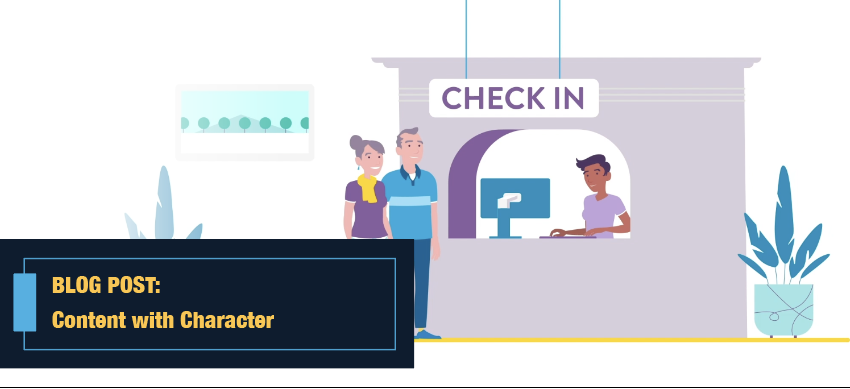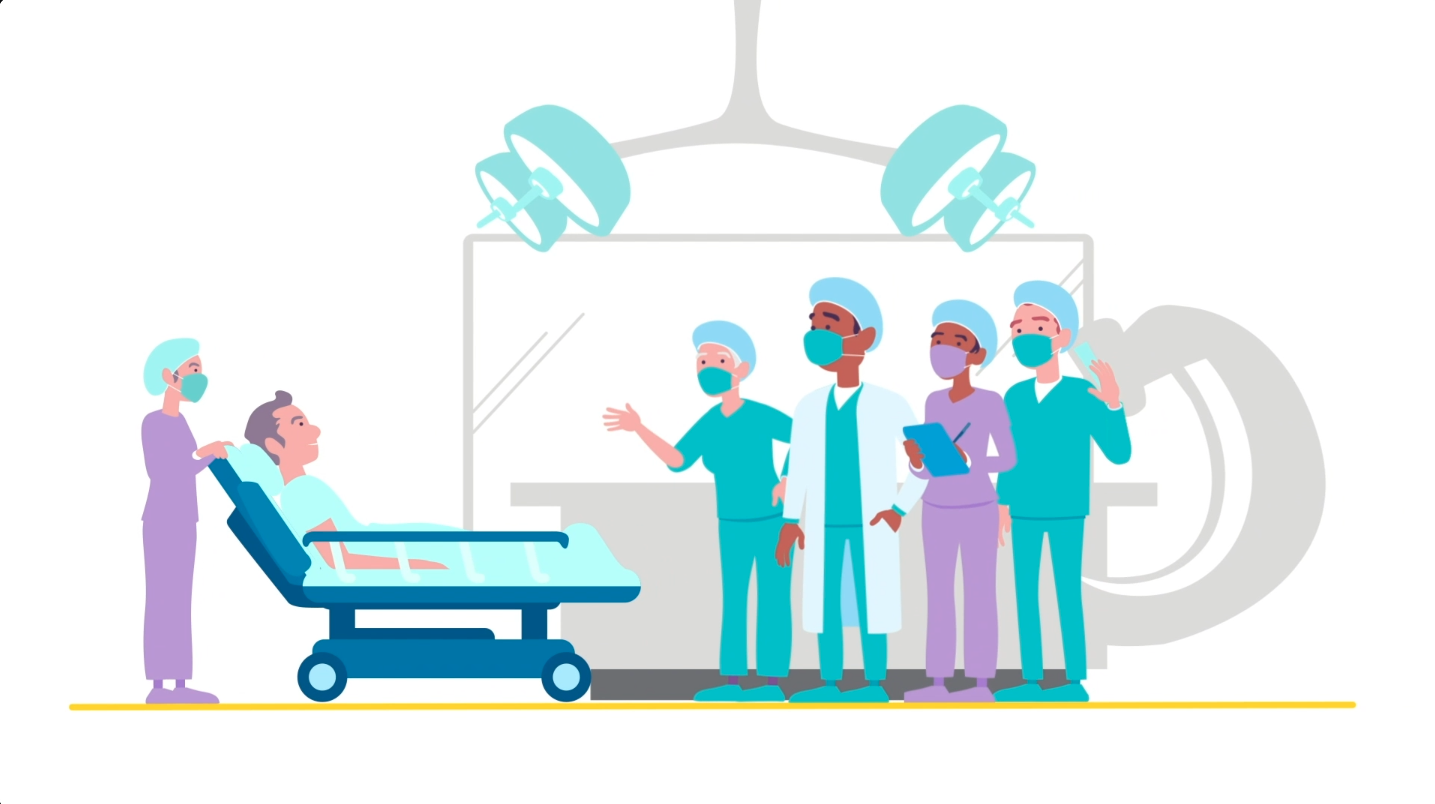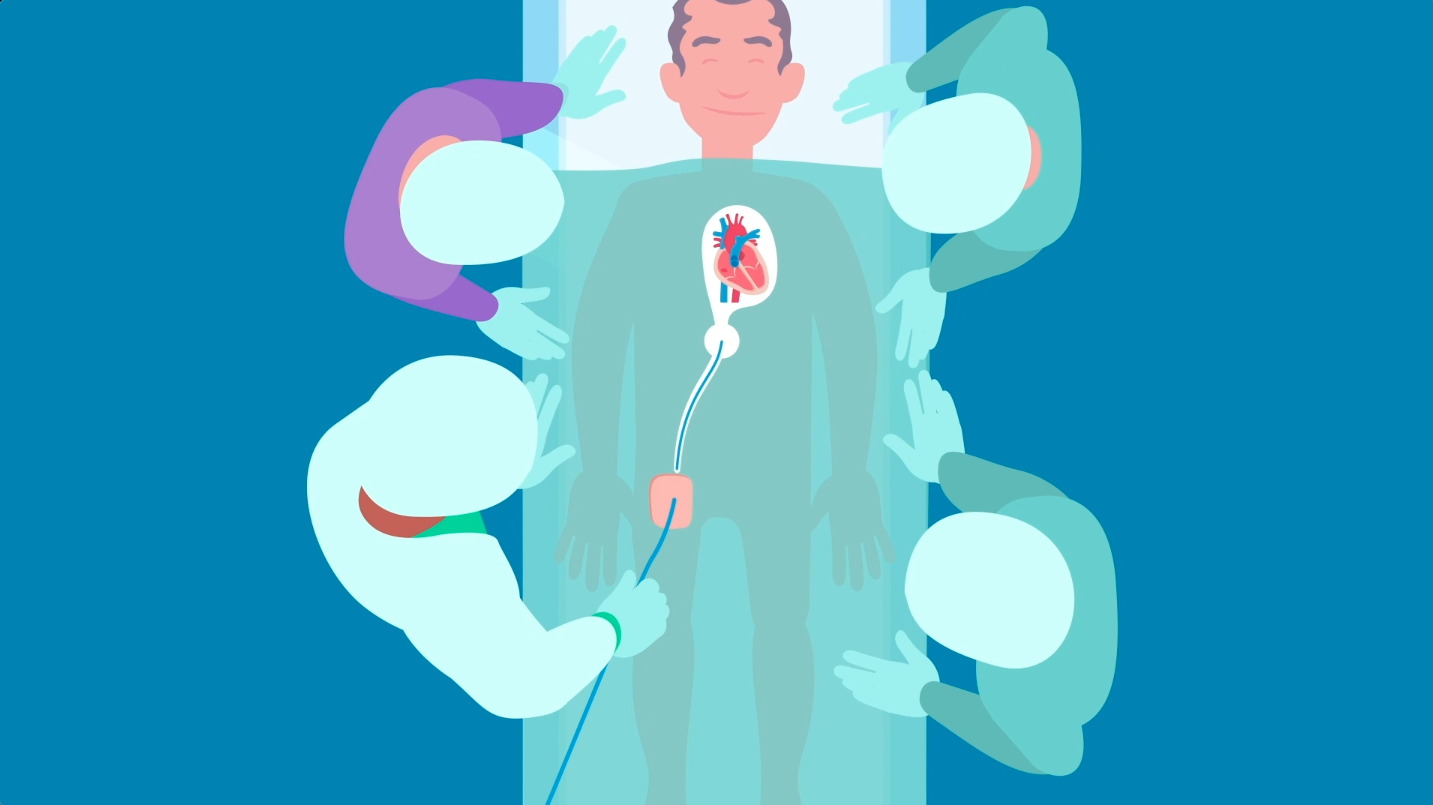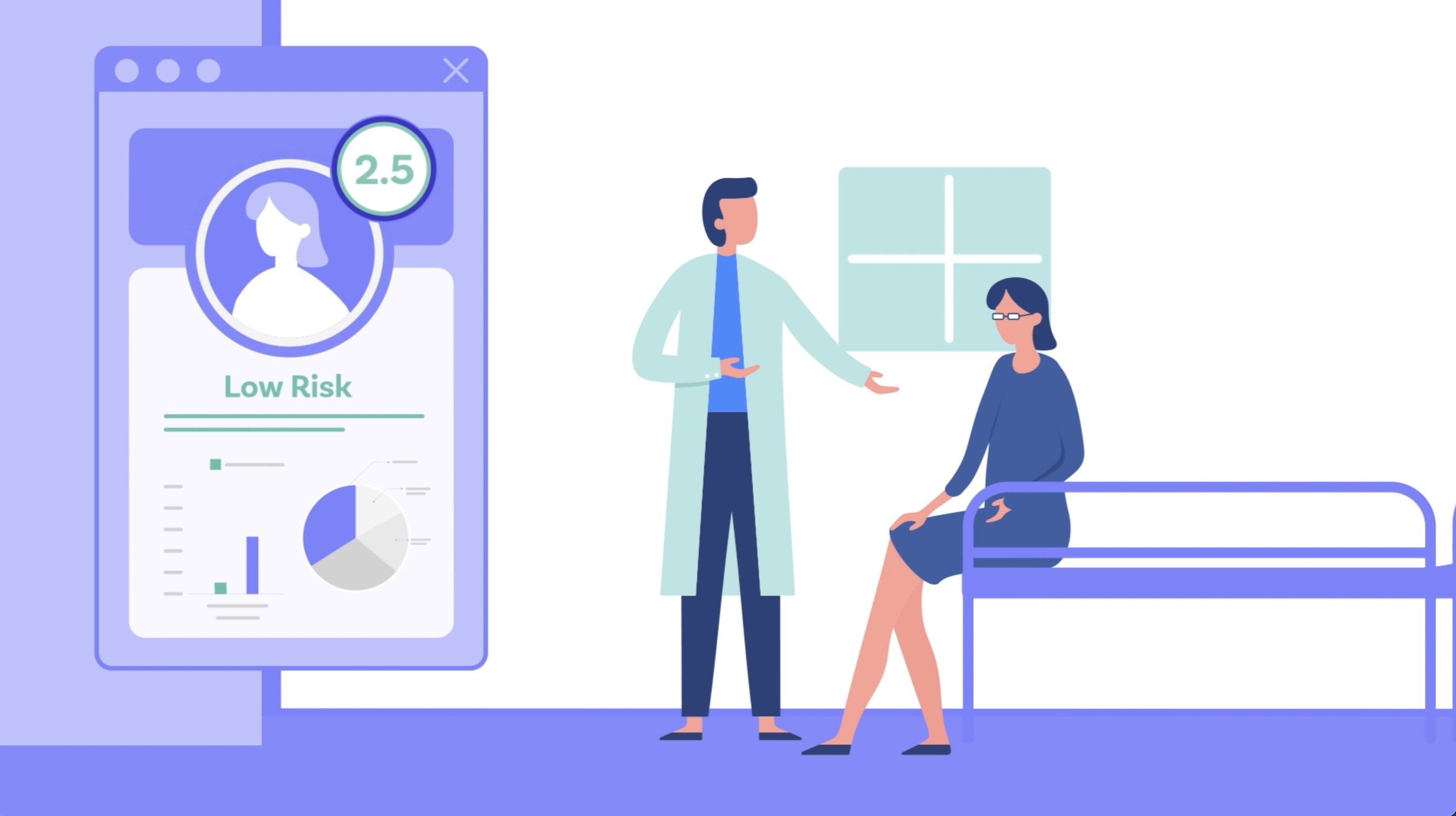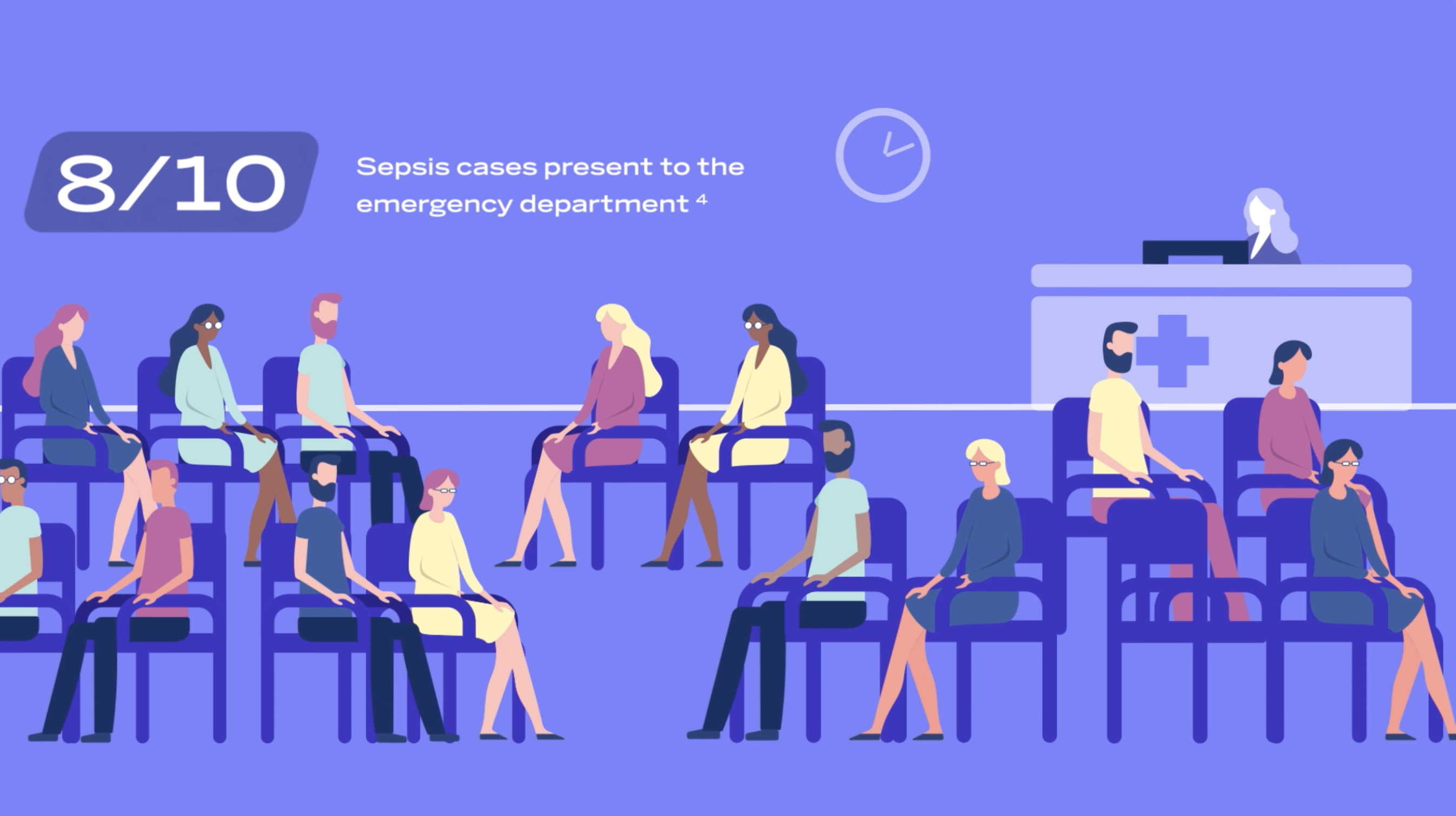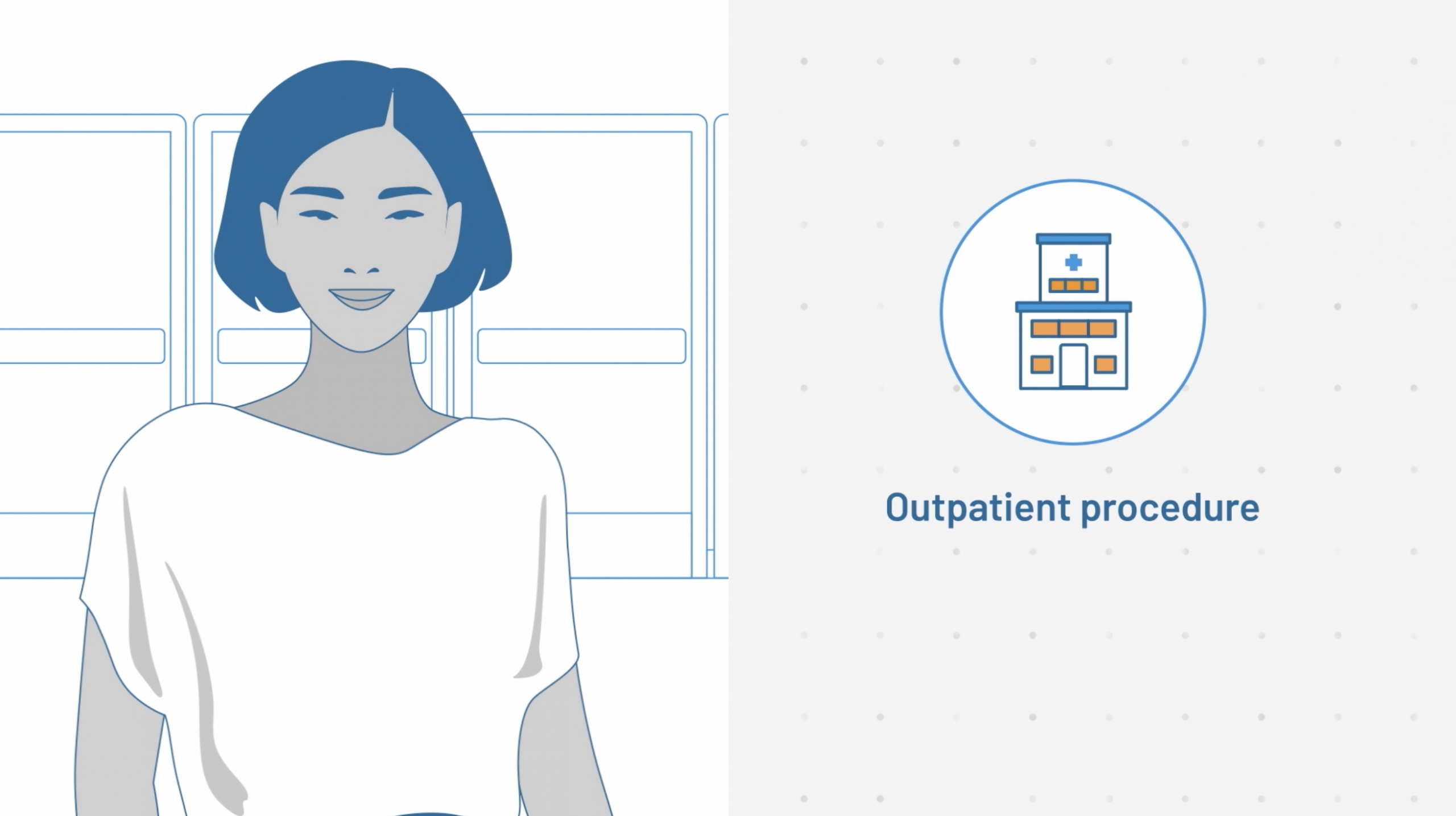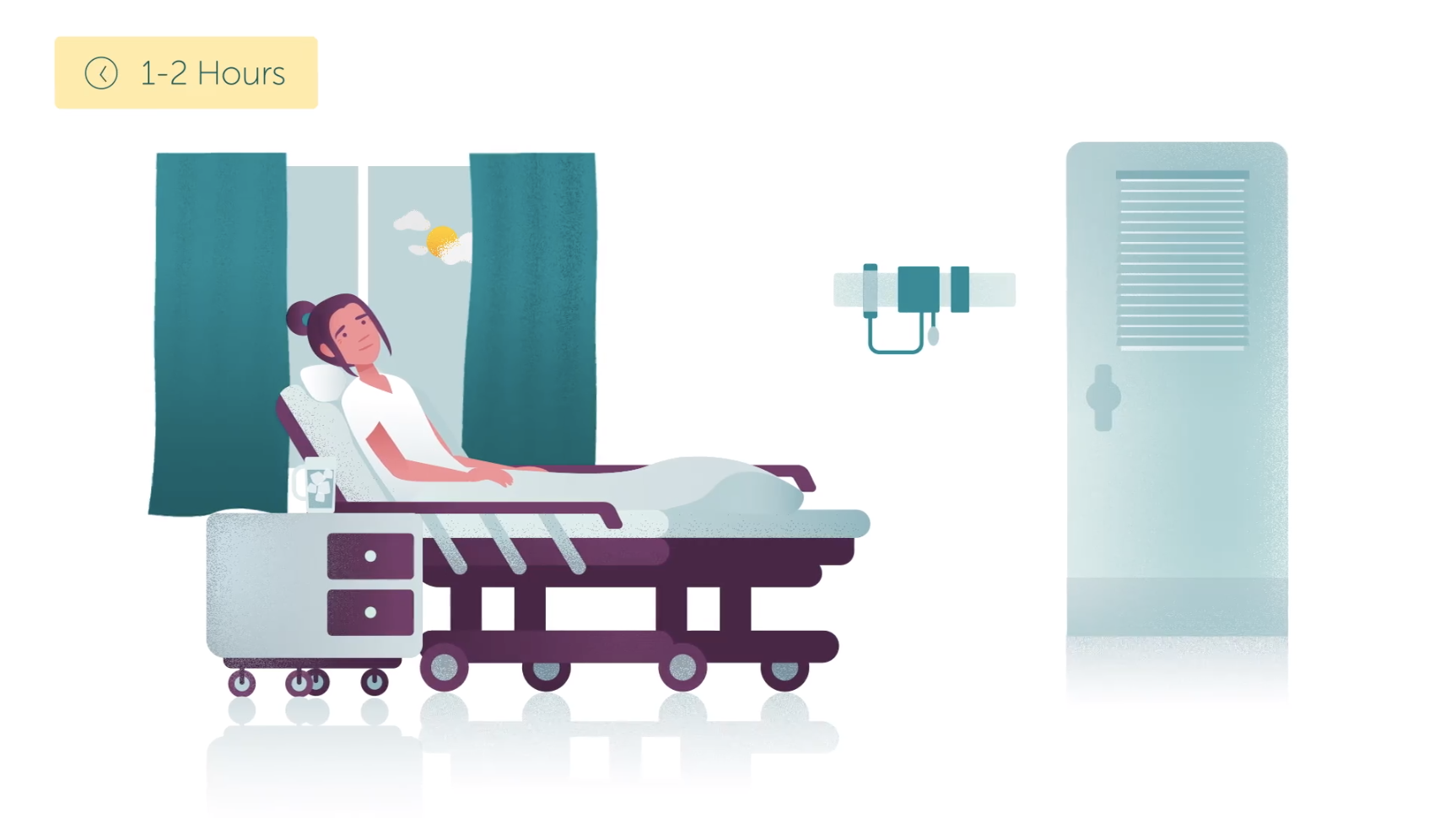Character animation has been recognized for its value as a useful educational tool for a number of different professional industries, including healthcare. In recent years, our clients have seen the importance of character animation as an effective platform for delivering understandable and relatable patient education to a wide array of audiences. Character animation is such a powerful medium for delivering patient education because the whole presentation of information, emotion, visuals, and dialogue is highly controlled and accessible, allowing healthcare organizations to provide patients with a unique and effective educational experience.
Why should you consider using character animation for your next patient education project?
Helps to Simplify Complex Ideas
Character animation is the perfect platform for sharing complex ideas in a way that is simple and accessible for any audience demographic. Especially for patient education, where overcoming gaps in medical literacy is often a difficult and time-consuming process. Character animation can act as a very useful tool for conveying complex medical ideas through simplified visual presentation. Even the most complex of problems can be made easily digestible for audiences.
Patients are More Likely to Retain Information and Build Trust
Beyond simplifying complex ideas, character animations can help patients to better understand their condition and build trust with their doctor. One of the most powerful aspects of character animation is its ability to convey emotion and body language. A large portion of communication is conveyed physically. It has been shown that as much as 55% of communication is shown through body language; and even though character animations are not human, people still respond and engage with them as if they were. Because of this, adding personality to characters can be used effectively to emphasize on key points of information or to present relatable emotional responses to audiences. This emphasis can help patients to better internalize the information being presented and help increase understanding. This helps to close the gap in medical literacy and thus increase the trust and quality of relationships between patients and doctors.
Puts the Patient at Ease
Conveying information that may be seen as threatening or intimidating for patients can be a difficult task for any healthcare provider. Character animations are an approachable solution for explaining unfavorable medical diagnoses, daunting therapy or rehab processes, and other difficult to communicate subjects. Patients will see these characters as neutral messengers with no reservations or expectations. For children especially, choosing to use animated characters that they can identify with, can help build an understanding of their situation and trust with the medical providers.
They Encourage Action
In some cases, providing effective patient education may require persuasive messaging to change a patient’s expectations, behavior or practices. An example of this might be in a situation where a patient requires lifestyle changes, or needs to adhere to specific follow-up instructions. Individuals have a natural level of resistance to persuasion. Character animations can be a good tool to overcome this resistance as patients will be receptive to animated characters who are perceived to not have individualistic goals and objectives. For situations where it is critical that patients take action, character animation can be a real game changer for enforcing behavioral changes.
With years of experience, Meditech has a proven approach and simple process for developing character animation. For more information on how character animation can best be used for your next patient education needs , make sure to connect with us at accounts@gomeditech.com.


